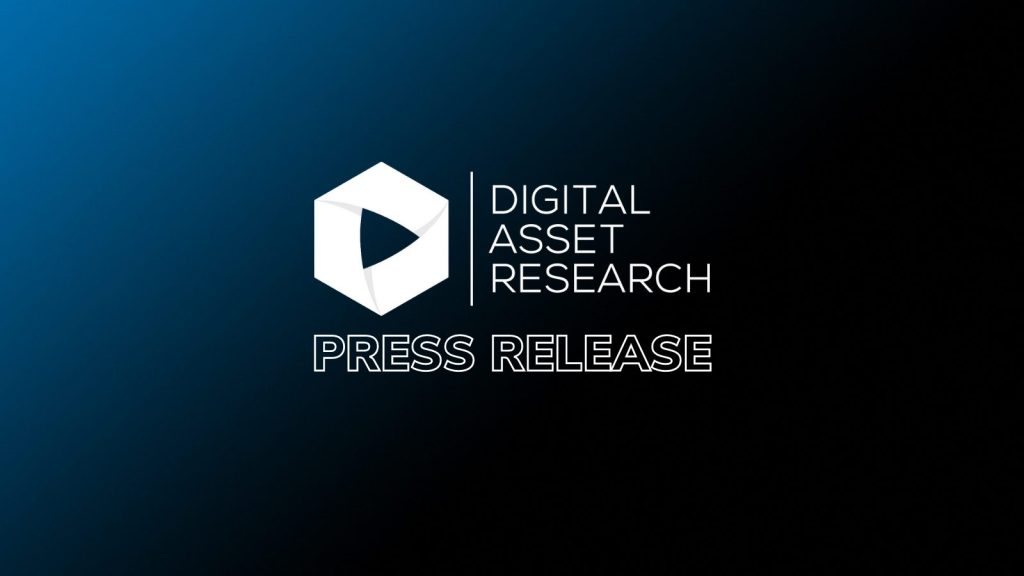DAR evaluates 75+ metrics on a digital asset to understand unique risks, and decentralization measures through asset vetting for institutional investors
New York, NY, June 15, 2023 – Digital Asset Research (DAR), a specialized provider of ‘clean’ crypto data and research, today recommends asset vetting diligence as a result of increased U.S. cryptocurrency regulatory activity and the growing number of digital assets classified as a security. As institutional market participants explore digital assets, a rigorous vetting process is essential to assess asset strength and legitimacy. By carefully evaluating an asset, institutional participants can make informed decisions and mitigate risks when interacting with this emerging asset class.
“For institutional investors, diligence on digital assets is essential because the space is still very new, largely unregulated, and complex,” said Kristen Mierzwa, Head of Digital Assets, Index Investments Group, FTSE Russell. “DAR’s asset vetting evaluations give FTSE Russell a complete asset picture, from cryptography to codebase, to inform opinions on which assets are best for our indices.”
Digital assets have emerged to become one of the most interesting asset classes with a current value in the $1 trillion range. With an ambiguous regulatory environment, institutional investors gain advantages by undergoing a rigorous asset vetting process to manage and mitigate risk. Digital assets pose unique risks due to their open-source nature, the uncertain regulatory environment, and the ever growing number of new digital assets.
In 2022 through its comprehensive vetting process, DAR identified red flags associated with Terra’s LUNA token such as its algorithmic design, a lack of transparency surrounding its governance, and potential liquidity challenges. LUNA experienced a catastrophic setback when its related UST stablecoin destabilized and lost its peg, resulting in billions of dollars in losses for many investors. In another example, the SEC filed a complaint against Ripple, the company behind the XRP token, in December 2020, alleging that it had conducted a $1.3 billion unregistered securities offering. While the case remains ongoing, it highlights the need to examine any token’s issuance mechanism as part of understanding if it could be considered a security by regulators.
“The regulatory landscape is complicated and constantly evolving,” said Pat Clancy, Head of Digital Asset Strategy, PolySign. “We use DAR’s asset vetting to help satisfy internal compliance and external regulators, which in turn informs which assets we want to support for institutional custody.”
DAR developed six key digital asset vetting factors institutional investors should assess to understand a digital asset’s risks and potential value.
● Token Use Cases, Economics, and Supply-Demand Dynamics – Reviews a digital asset’s functionality and tokenomics to understand its use case and issuance model.
● Technology and Cryptographic Standards – Identifies underlying technology and cryptographic standards to evaluate security, scalability, and performance.
● Codebase Assessment – Assesses code and/or smart contracts against a series of digital asset industry best practices.
● Validation and Consensus Mechanism – Evaluates the asset’s consensus mechanism (such as Proof-of-Work or Proof-of-Stake) and related tradeoffs between security, decentralization, scalability, and energy efficiency.
● Regulatory Compliance – Reviews the asset’s regulatory landscape to see if it is known to operate outside acceptable boundaries.
● Network Health and Decentralization – Finds out if the asset has a healthy and decentralized network including validators, which is vital for long-term sustainability and growth potential.
DAR follows a transparent Asset Vetting Methodology to evaluate digital assets to determine if they meet institutional investor standards for codebase construction and maintenance, community, security, liquidity, and regulatory compliance.
To learn more, request an Asset Vetting Report sample for risk or investment.

